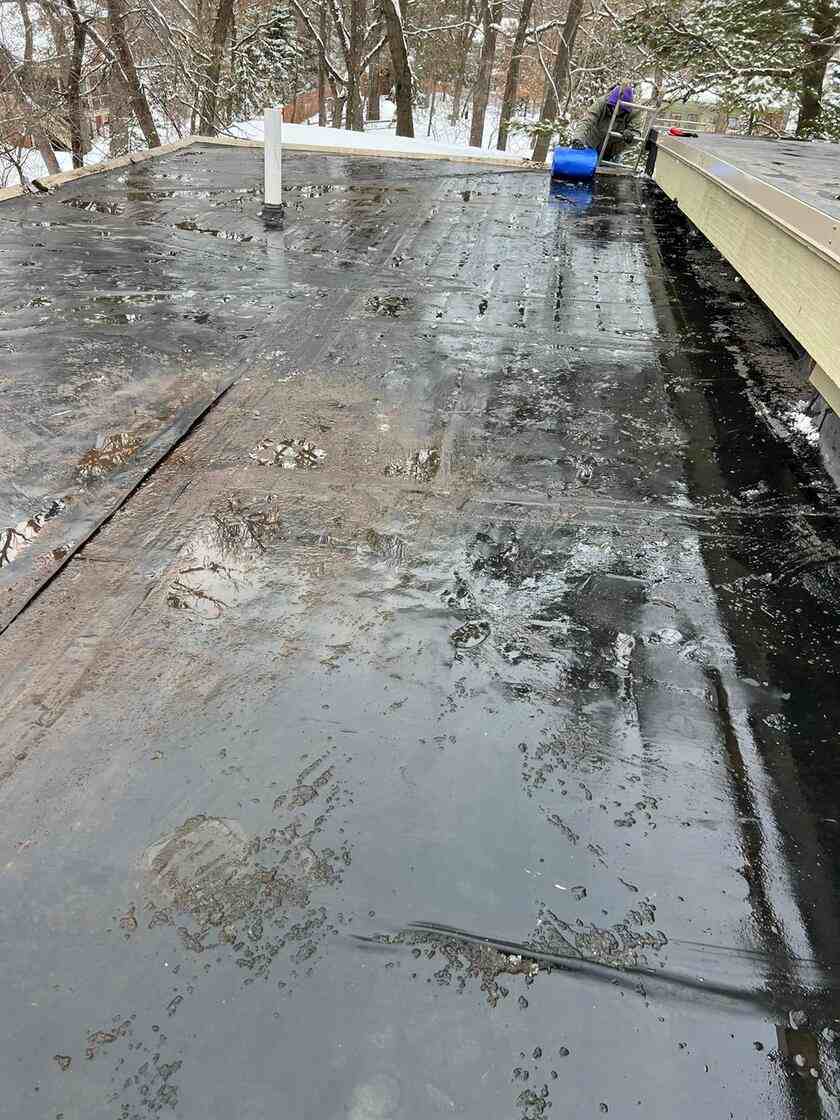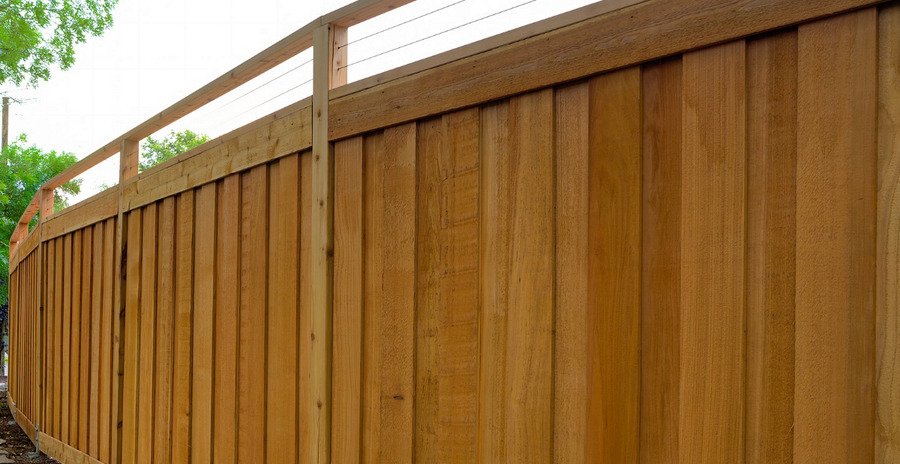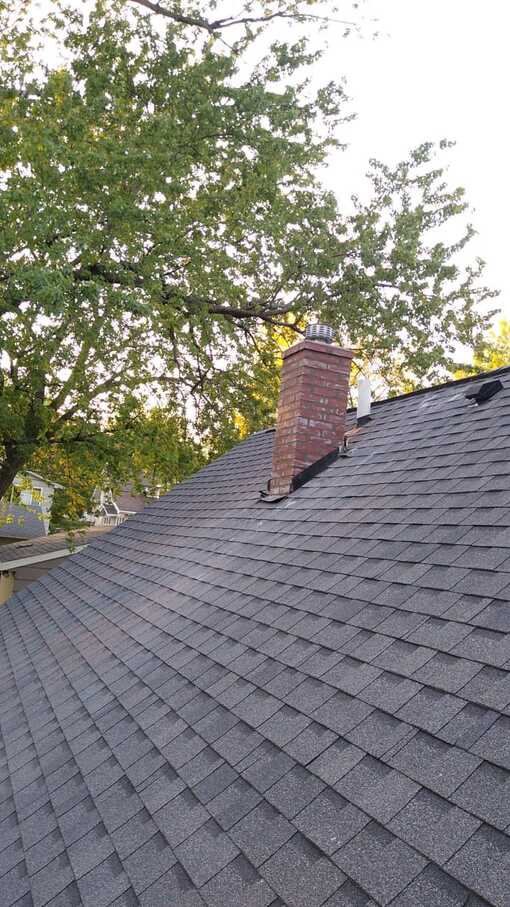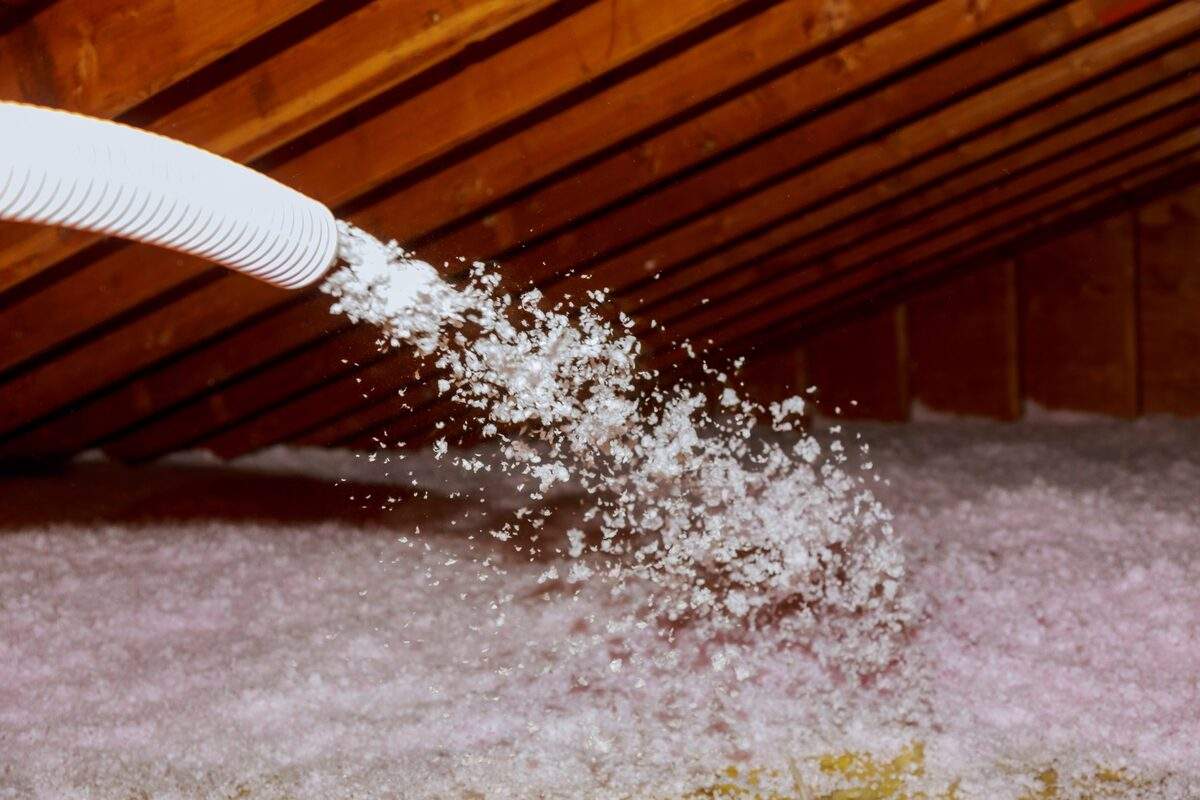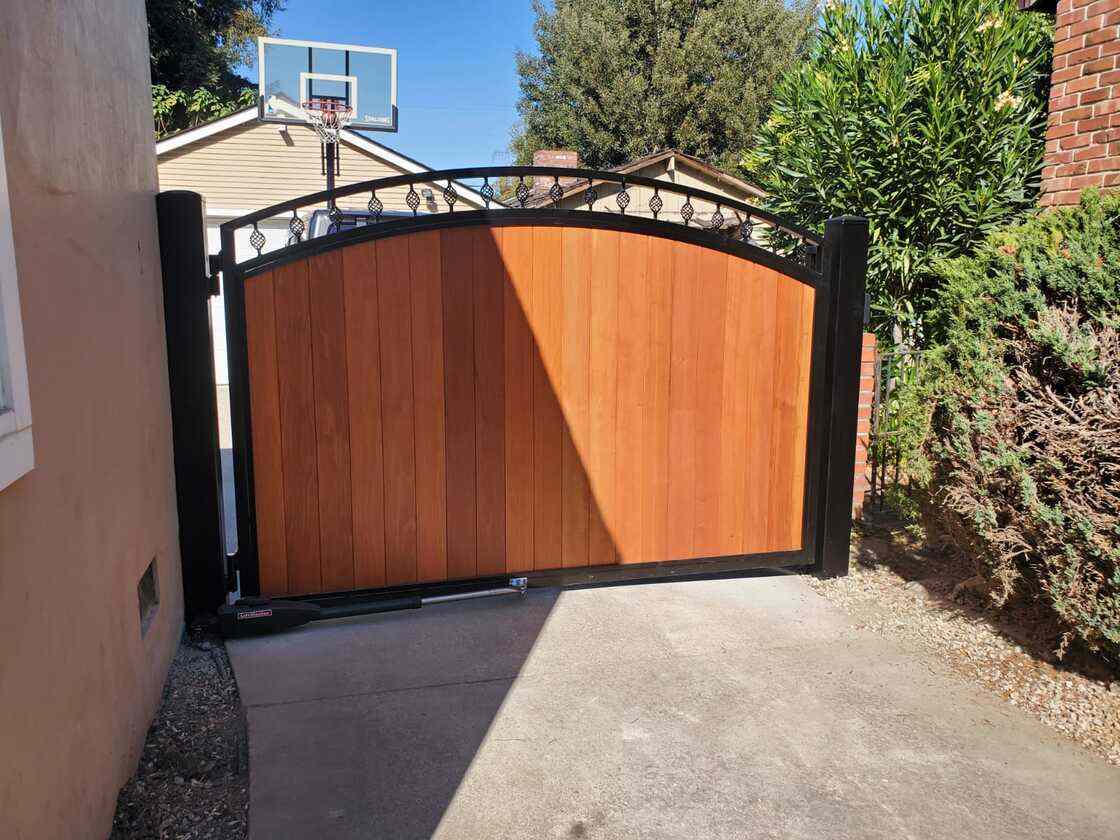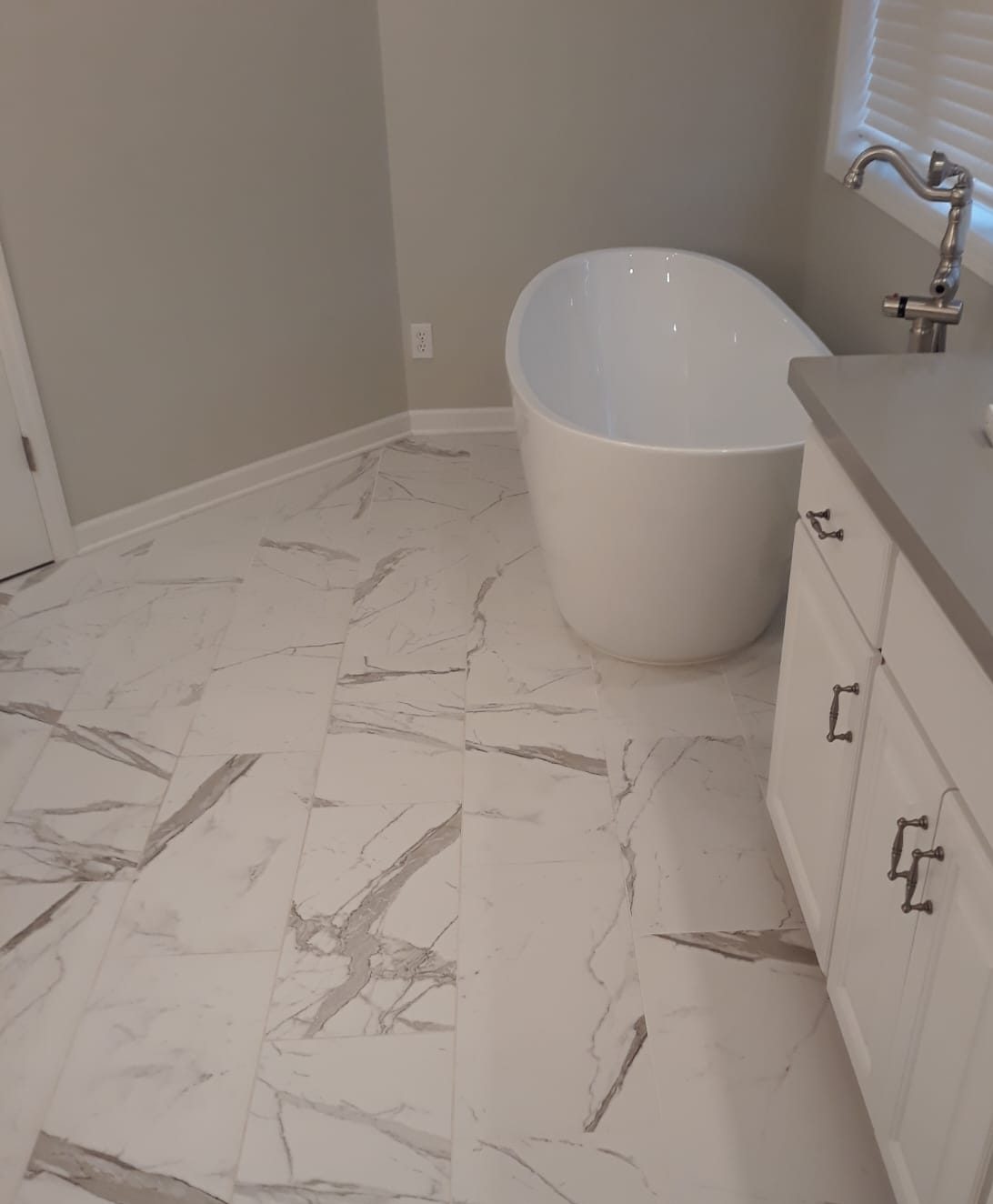Incorporating Spray Foam Insulation beneath Your Mobile Home: A Comprehensive Guide
Delving into the critical topic of insulation, specifically focusing on mobile homes, this guide emphasizes the importance of properly insulating the underside of a mobile home. With endorsements from notable entities such as the National Renewable Energy Laboratory and the US Department of Energy, the benefits of robust insulation for energy efficiency are indisputable.
In this guide, you can expect:
- An understanding of why insulating beneath a mobile home is essential
- Diverse methods for achieving effective insulation
- A real-life case study of homeowners who successfully insulated their mobile home underbelly
- The necessity of ground moisture barrier and adherence to local codes
- A summation of the impact of insulation on energy bills and overall comfort
Method 1: Blowing Insulation into the Belly
The highly recommended method for insulating beneath a mobile home is to blow insulation into the belly. This technique, while needing specialized equipment and expertise, can significantly enhance the energy efficiency of the mobile home. Many times, energy grants and low-interest loans are available to facilitate this process, making it a worthy investment.
Method 2: Foam, Fiberglass, or Rockwool Panels
For those inclined toward DIY projects, utilizing foam, fiberglass, or Rockwool panels is a feasible approach. Foam insulation, despite its benefits, has certain downsides, which we will address. There are different types of rigid foam insulation, namely polystyrene, polyisocyanurate, and polyurethane, each with their benefits and suitable applications.
Method 3: Fiberglass and Roxul Rockwool
Fiberglass and Roxul Rockwool stand out as common insulation materials for mobile homes. Like every material, fiberglass insulation has its pros and cons. On the other hand, Roxul Rockwool presents unique benefits and properties that could make it a great choice for specific situations.
Case Study: Insulating a Mobile Home with Foam Board
In this section, we dive into the experiences of a couple who took on the task of insulating their mobile home’s underbelly. They generously share the materials they used and the step-by-step process they followed, providing invaluable insights.
“With a bit of time, effort, and the right materials, we managed to significantly improve the insulation of our mobile home’s underbelly” – Laurel and Bryan Adams.
Importance of Ground Moisture Barrier and Local Codes
When insulating beneath your mobile home, never underestimate the need for a ground moisture barrier. This crucial feature protects your insulation from potential moisture damage. Furthermore, you must always comply with local building codes to ensure safe and proper installation.
Conclusion
Investing in good insulation for your mobile home’s underbelly can bring about substantial savings on your energy bills and enhance comfort levels. This guide aims to equip you with the necessary knowledge to make an informed choice when deciding on your insulation strategy. Special thanks go to Laurel and Bryan Adams for their invaluable insights into their insulation project.
For further information on home improvement projects, do visit our home remodeling section. Should you wish to embark on kitchen or bathroom remodeling, you’ll find these pages here and here respectively.
To keep your mobile home in the best condition possible, don’t miss our articles in the roofing and flooring sections.





